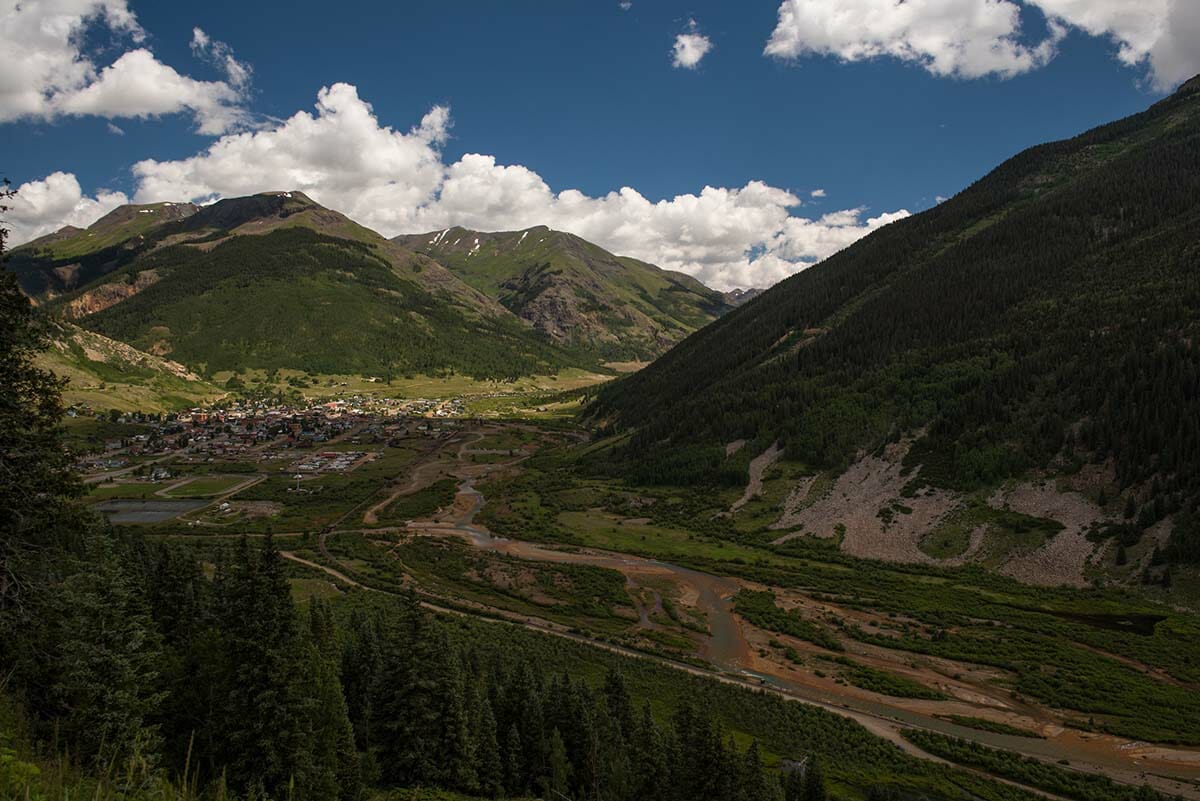A number of years ago, I wrote a story for Field & Stream on “The Best Fishing Towns in America.” It wasn’t a real formal, vetted ranking, by any means—just a story based on gut feelings I’d formed having rolled many miles in pursuit of fish, as well as numerous conversations with some kindred spirits who had done the same.
It was really a publicity generator, back in the days before click-bait online features became so popular (you know, the long fountains of drivel that drag you through scads of pop-up ads before they get to the actual point). The Field & Stream marketing department even set me up for interviews with local newspapers and radio stations in those towns. But that wasn’t as fun as it might seem, because I had one happy, hero interview and dozens of others where I had to defend why I hadn’t ranked their town number one. (The truth is, I didn’t rank them at all, they went into the magazine in an order determined by the art department, based on which photos lent themselves to the best layout, but that was a secret.)
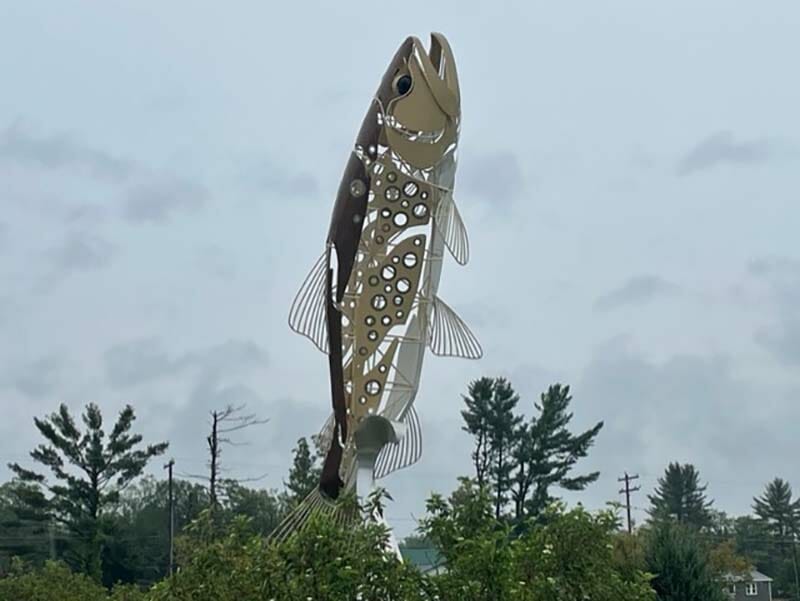
So, I vowed to never try to rate or rank fishing towns again.
But that doesn’t mean I won’t celebrate them.
Because to me, there’s something special about those places with an authentic community connection to fishing.
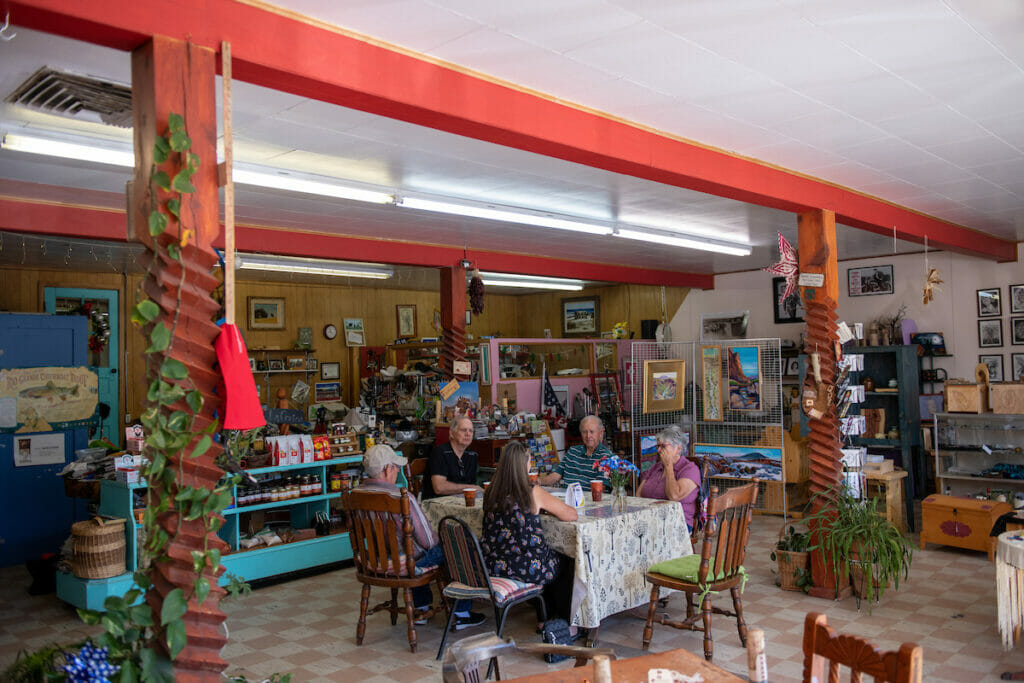
I’m not talking about the glitzy resort towns that happen to have rivers running through them. I’m talking about places like Victor or Driggs Idaho, and Venice Louisiana… Hancock, New York, Viroqua, Wisconsin… Everglades City, Florida, and Dillon, Montana… Salida, Colorado, and my home (fishing) town of Baldwin, Michigan.
Whoa! Wait! I have to stop because I’m headed toward breaking my own promise. And what I hope to do is get you thinking about your own favorites. Everybody has some, and they’re all good.
What I really hope to underscore is how important it is to truly appreciate and respect the communities where you fish. It’s about much, much more than just fishing. I try to do more than stop by the local fly shop. If all I do is show up somewhere and pull on fish, maybe buy a dozen flies along the way, am I really supporting the community, or am I just taking up space on the water?
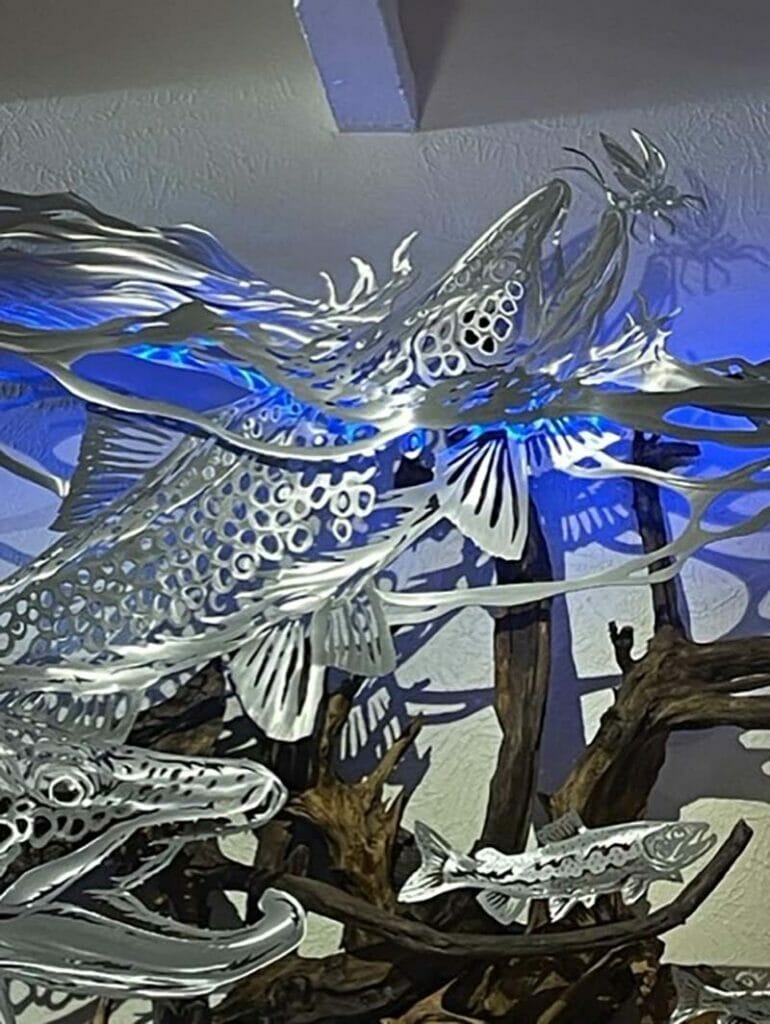
It’s easy to make the fishing towns we love, love us back, if we just do some simple things:
- Go eat a cheeseburger (or an avocado smash).
- Go to the bookstore.
- Stop by the grocery and buy a chocolate bar from the Cub Scouts who set up their fundraiser table.
- Stop at the lemonade stand.
- Stay at a mom & pop motel.
- Go to the fish market and shuck some oysters or buy some smoked whitefish.
- Absorb local media.
- Use your imagination.
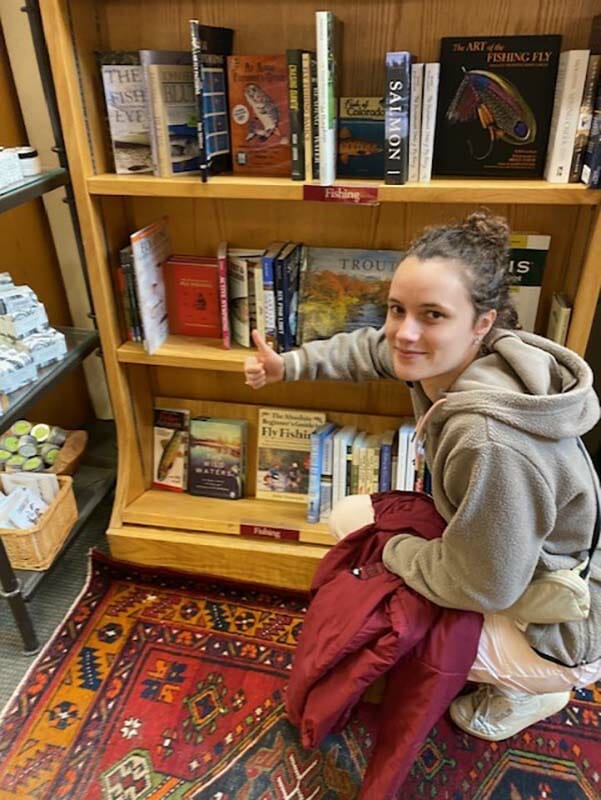
For me, a trip to Baldwin just isn’t the same without a Jones ice cream cone, fried perch at Barski, and more recently, a cold “Blueberry Mule” at the 876 Baldwin Restaurant after a hot afternoon of hopper fishing.
You never know what hidden gems you might find just by kicking off the waders and walking through any “fishing” town.
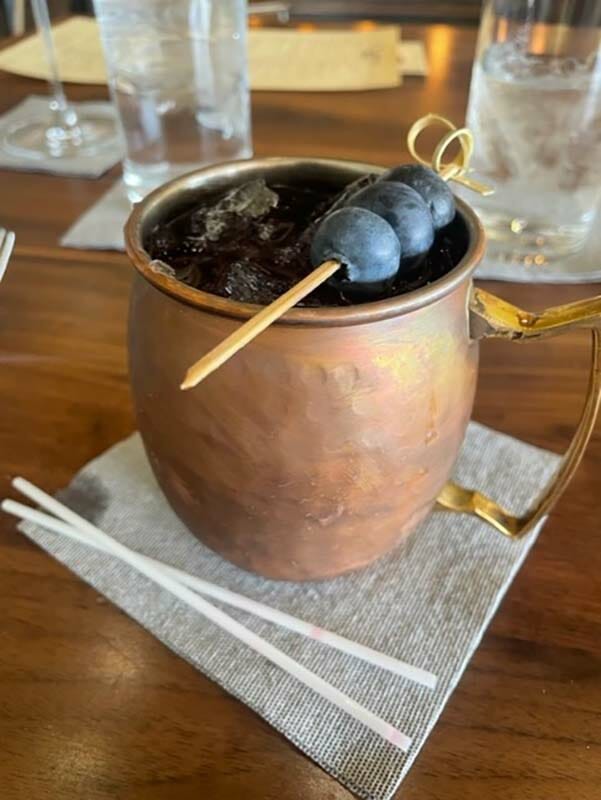
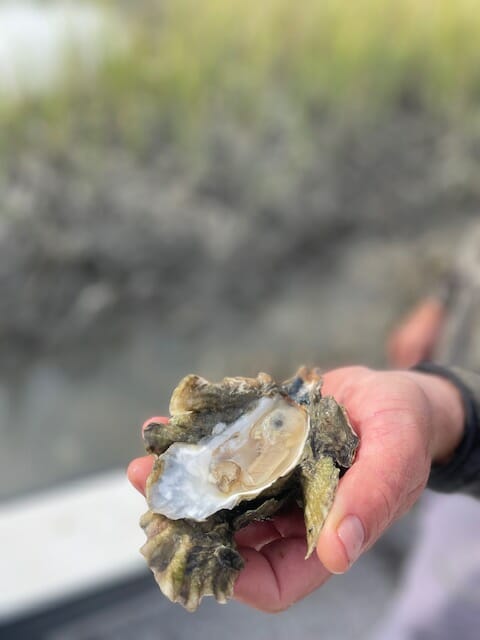
I can tell you, though, that the impressions we leave as angler-visitors really matter. Outdoor recreation—and fishing is an important part of that—is a big-time economic driver in this country and growing. Outdoor recreation, involving everything from skiing to camping, hiking and biking, is bigger than agriculture. Bigger than mining. Bigger than oil and gas extraction. Outdoor recreation accounts for over $800 billion dollars annually and supports 4.5 million jobs in America.
We sure have a lot to be proud of as American anglers, starting with the vast tracts of public lands and the waters that run through them. And the communities that are nestled near those places are worth appreciating and taking care of also.



